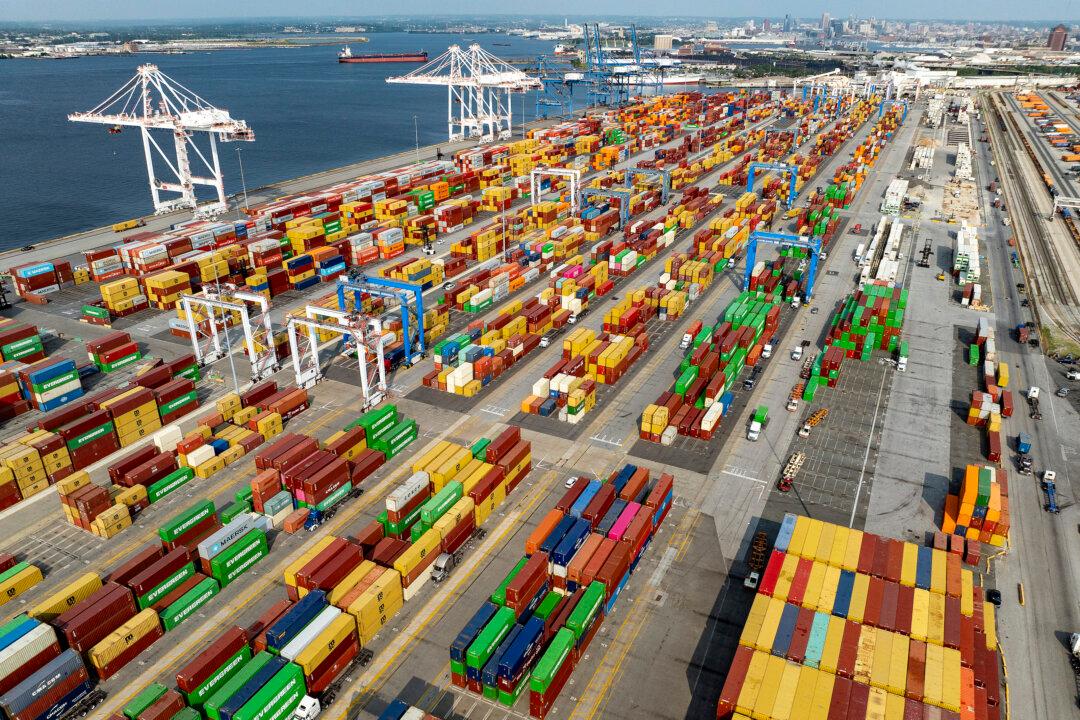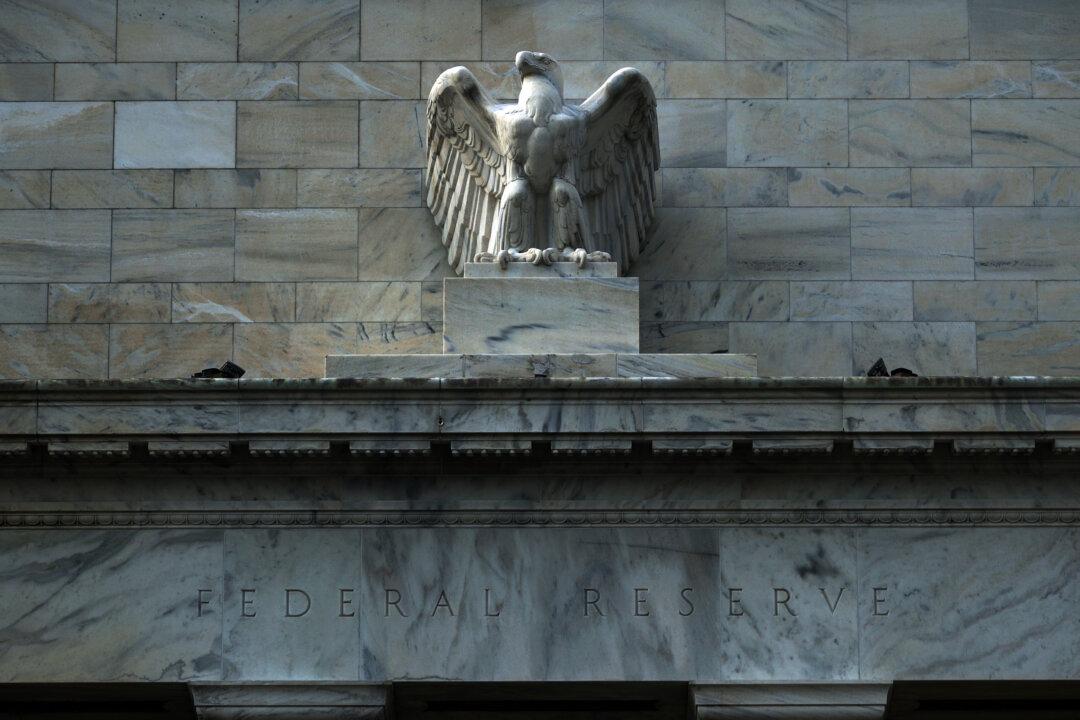Commentary
What’s the worst thing a government can do when there’s high inflation and supply shortages? Multiply spending on energy- and material-intensive areas. This is exactly what the U.S. infrastructure plan is doing and—even worse—what other developed nations have decided to copy.





